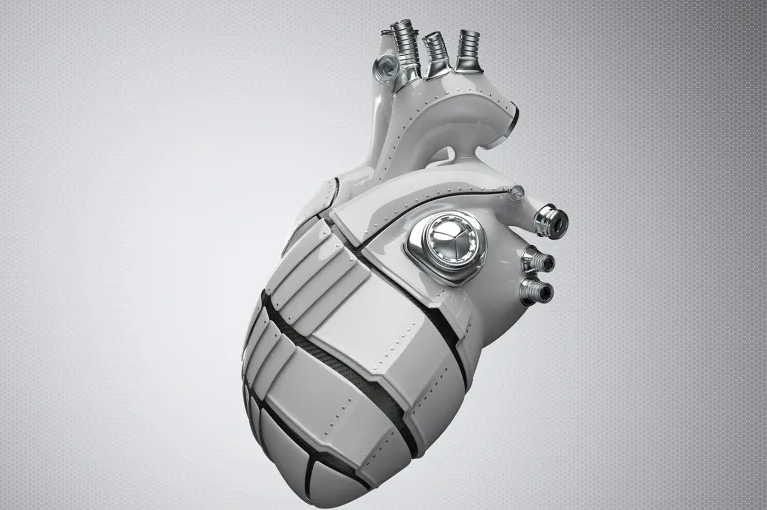
In a groundbreaking event in medical engineering, engineers at the Massachusetts Institute of Technology (MIT) have made significant progress in creating a lifelike robotic replica of the right ventricle of the heart. This robotic replica can simulate the intricate process of pulsation and blood pumping just like in a real heart, according to a blog post on the institute’s website.
The innovative robotic version includes real heart tissues accompanied by synthetic muscles resembling balloons, allowing researchers precise control over ventricle contractions while closely monitoring the natural functioning of its valves and other complex structures. The artificial right ventricle is distinguished by its versatility and capabilities, as it can be adjusted to simulate both a healthy and a diseased heart.
The key to integrating real heart tissues into the synthetic model lies in the ability of the tissues to maintain the natural complexities of the heart structure, something that cannot be achieved artificially. In a recent study, researchers extracted a real right ventricle from a pig’s heart. They then encapsulated it under suitable conditions by coating it with a layer of silicone to preserve its internal structure, effectively serving as an artificial lining for the heart muscle. Subsequently, several balloon-like tubes were integrated to surround the real heart tissues at predetermined locations determined through computational modeling, creating an ideal reproduction of ventricle contractions. By connecting each tube to a control system, researchers achieved heart rhythm and motion simulations closely resembling real heart performance.
To obtain more precise and detailed results, the team tested the artificial ventricle’s pumping ability by immersing it in a fluid similar in viscosity to blood. Due to the transparency of the fluid used, researchers were able to monitor and study the valves and internal structures closely, gaining valuable additional insights into the model’s performance.
Moreover, the tubes pumping the artificial ventricle can be adjusted to simulate various heart conditions, making it a versatile machine for studying common heart diseases such as arrhythmia, myocardial weakness, and high blood pressure. Beyond research and simulation, the potential applications of the robotic right ventricle extend to testing various medical heart devices. The team successfully adapted the model to test different cardiac devices by planting ring devices of various sizes in the tricuspid valve and manipulating fluid flow rates, thus achieving known medical conditions such as right heart failure or atrial fibrillation.
By simulating functional defects, researchers were able to test and improve the suitability of medical devices, highlighting the anticipated benefits for medical device engineers and heart surgeons to enhance their capabilities and those of the medical machines used. In the long run, the project aims to achieve a similar breakthrough in the left ventricle of the heart, aiming to create a fully adjustable artificial heart. This ambitious goal would open up limitless possibilities for future advancements in the field.
Leave a Reply